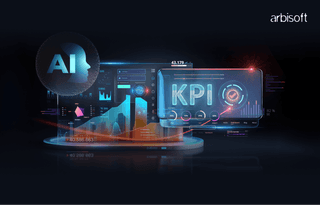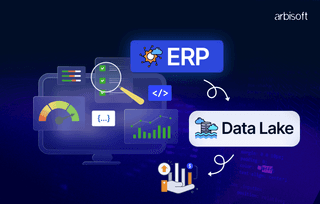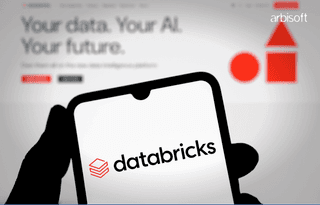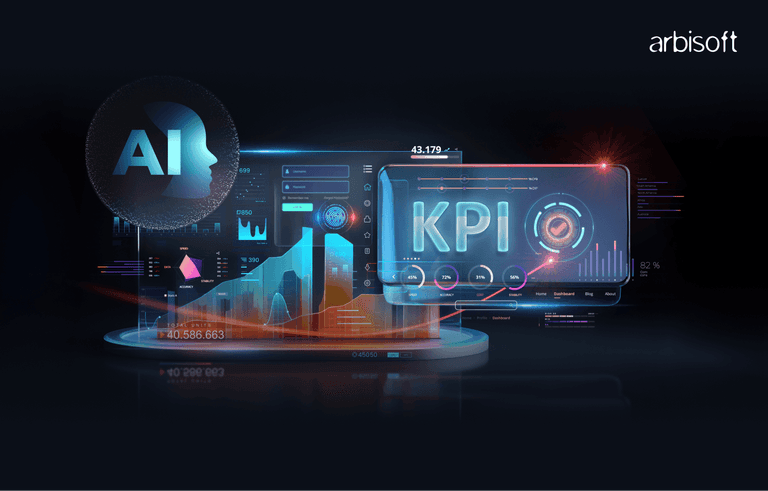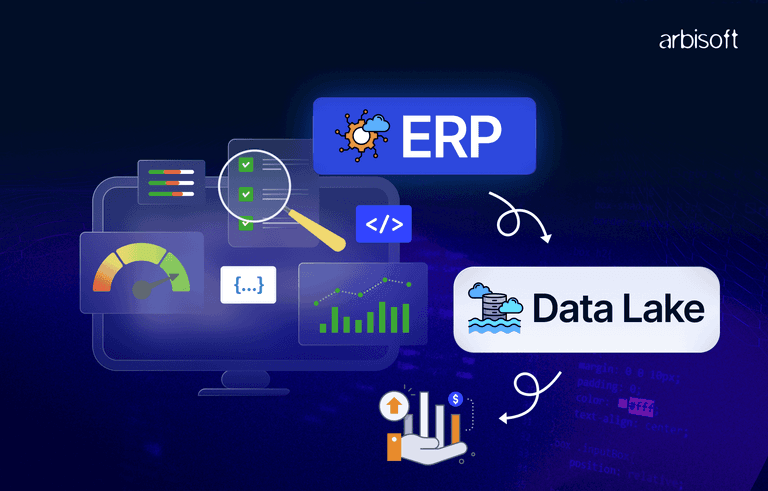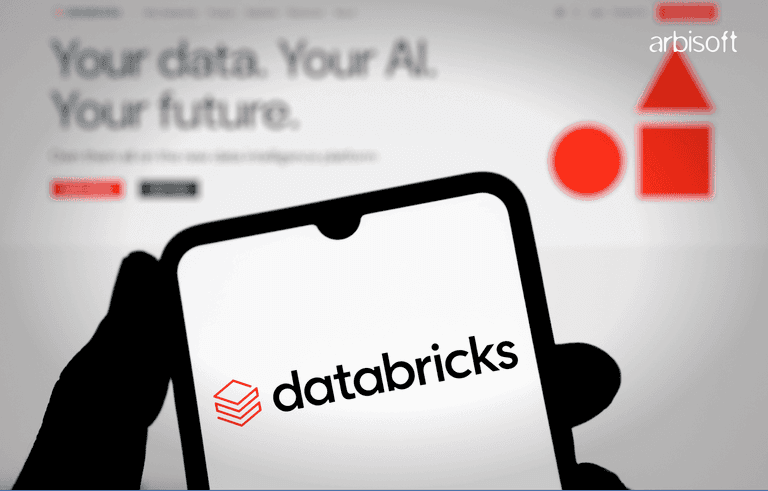We put excellence, value and quality above all - and it shows




A Technology Partnership That Goes Beyond Code

“Arbisoft has been my most trusted technology partner for now over 15 years. Arbisoft has very unique methods of recruiting and training, and the results demonstrate that. They have great teams, great positive attitudes and great communication.”
Data Lake vs Data Lakehouse: Why Companies Are Making the Switch
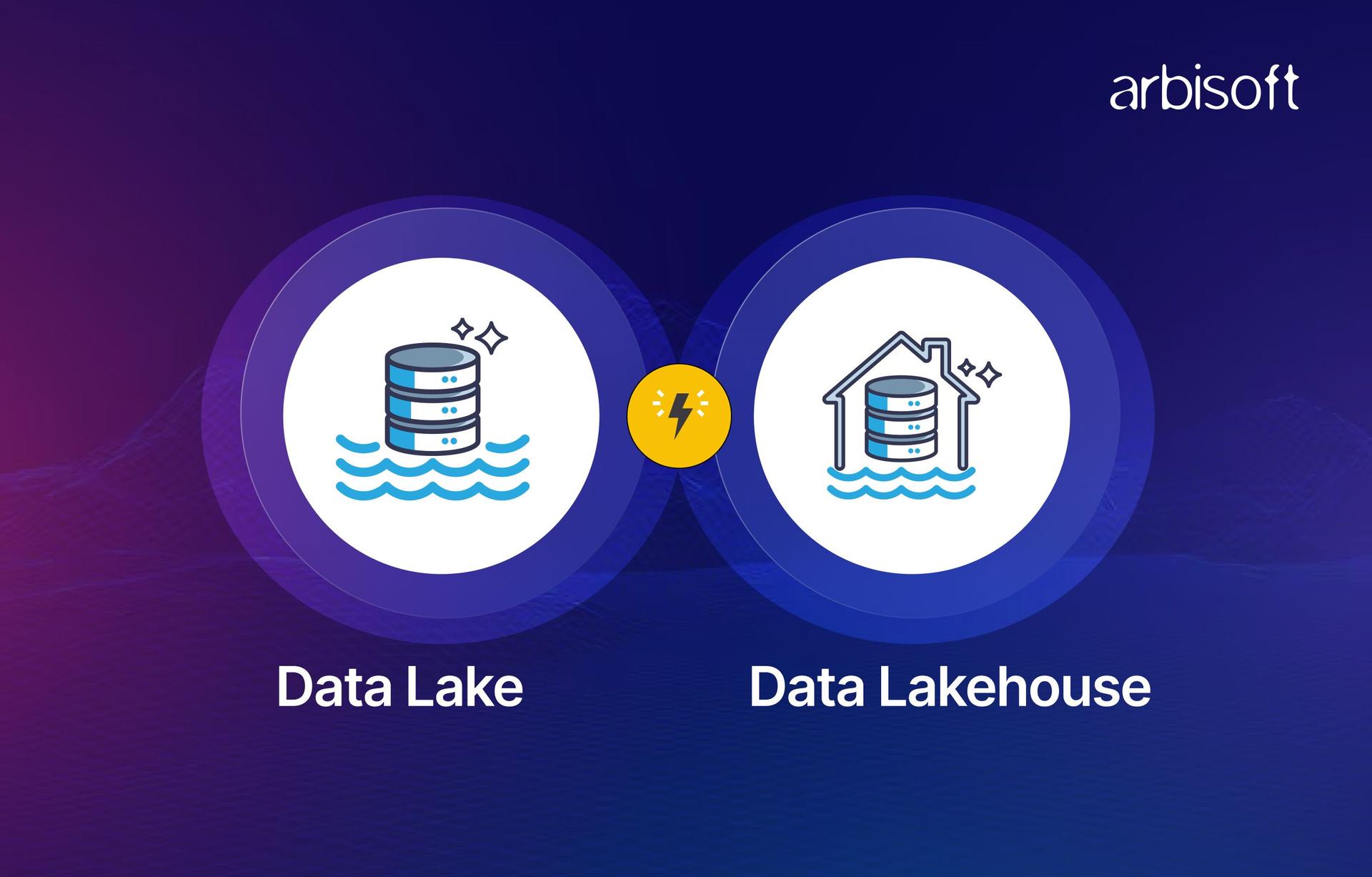
In this data-driven world, companies are rethinking their data storage and analytics strategies. Data lakes have traditionally been a flexible and cost-effective place to store raw data. However as the need for real-time analytics, robust data governance, and performance increases, many companies are moving to the data lakehouse model, a blend of the scalability of data lakes with the reliability and structure of data warehouses.
What is a Data Lake?
Data lakes are centralized repositories that allow companies to store vast amounts of structured, semi-structured, and unstructured data. Their key benefits include:
- Scalability: Easily stores petabytes of data.
- Flexibility: Supports diverse data formats without needing an immediate schema.
- Cost-Effectiveness: Uses inexpensive storage options, often in the cloud.
That being said, data lakes can become hard to manage when data governance is weak and you end up with what we call “data swamps” where data quality and usability suffer.

What is a Data Lakehouse?
A data lakehouse bridges the gap between data lakes and traditional data warehouses. It combines the scalability and low-cost storage of data lakes with the performance, ACID transactions, and schema management of data warehouses. Key features include:
- ACID Transactions: Ensures data integrity and supports concurrent data operations.
- Schema Enforcement: Helps maintain data quality and governance.
- Unified Analytics: Supports both business intelligence and machine learning on a single platform.
This modern architecture allows you to store cost-effectively while getting robust data management and high-performance analytics.

Why Are Companies Moving from Data Lakes to LakeHouses?
The migration is driven by several critical factors:
- Data Governance: Enforced schemas and ACID transactions reduce data corruption risks and improve compliance.
- Improved Performance: Optimized query engines and indexing strategies deliver faster data retrieval and enable real-time analytics.
- Data Management: A unified platform minimizes data movement and simplifies both operational and analytical workloads.
- Cost-Effective Scalability: Companies enjoy the economic benefits of data lakes while obtaining features traditionally associated with more expensive data warehouses.

Migration Example: From Data Lake to Lakehouse Using Delta Tables
Consider a scenario where a company migrates raw data stored in a data lake (e.g., on AWS S3) to a data lakehouse using Delta Lake. Below is an illustrative example of the migration process:
Step 1: Identify the Raw Data
Locate and catalog the existing data in your data lake. This involves scanning cloud storage directories and understanding the data schema—or its absence.
Example: List files in the data lake storage
SHOW FILES IN 's3://your-data-lake/raw-data';Step 2: Convert Parquet Files to Delta Format
Delta Lake allows you to convert existing Parquet data into Delta tables, enabling ACID transactions and version control.
Convert an existing Parquet table to a Delta Lake table
CONVERT TO DELTA parquet.s3://your-data-lake/raw-data/your_table/;Step 3: Optimize and Manage the Delta Table
Once data is in Delta format, take advantage of features like schema evolution, time travel, and optimized indexing for better query performance and data quality.
Optimize the Delta table for improved performance
OPTIMIZE your_delta_table;Step 4: Update Your Data Pipelines
Revise your data ingestion, transformation, and analytics pipelines to leverage the new lakehouse architecture, ensuring that all components benefit from Delta Lake’s enhanced capabilities.
Building a Fully Managed Data Lakehouse Architecture with Databricks
Want to simplify data management and analytics? A fully managed data lakehouse on Databricks is the way to go, but if you’re weighing alternatives like Snowflake, check out our guide on simplifying the Databricks vs Snowflake choice. This modern approach combines the scalability of data lakes with the performance and governance of data warehouses. All in one place to store, process, and analyze.
With Databricks, you can simplify the complexity and overhead of managing multiple systems and focus on insights and business value. Here's how:
Key Features of a Managed Data Lakehouse with Databricks
So, what makes the managed Data Lakehouse with Databricks stand out? Let’s dive into the core features that unify scalability, governance, and analytics in a single platform.
1. Unified Platform
One of the standout advantages of Databricks is its integrated platform that brings together data engineering, data science, and business intelligence. In this environment, teams work side by side, sharing datasets and analytical tools in real-time.
This level of collaboration accelerates the transformation of raw data into actionable insights. The unified workspace not only enhances productivity but also fosters innovation, ensuring that every department can contribute to and benefit from data-driven decision-making.
2. Managed Delta Lake
At the heart of this is the managed Delta Lake. Databricks’ Delta Lake provides automated maintenance, scaling, and performance tuning for Delta tables. With built-in ACID compliance you get a reliable and consistent data experience. This foundation means you don’t have to worry about data corruption or inconsistency and can focus on strategic initiatives rather than getting bogged down with daily database management.
3. Seamless Integration
Databricks integrates with various cloud storage solutions (AWS S3, Azure Data Lake Storage, etc.) and supports numerous data connectors.
4. Advanced Analytics and Machine Learning
Databricks’ advanced analytics capabilities let you get more out of your data. With built-in machine learning and AI frameworks you can do real-time data processing and predictive analytics. Integrated notebooks and visualization tools give you a complete environment to build machine learning models, build dashboards, and do deep data exploration.
This means data scientists and analysts can do everything from reporting to complex data modeling and get the most out of your organization’s data.
5. Workflows and Governance
A typical architecture flows with data coming in from multiple sources into a centralized cloud storage. As data comes in it gets cataloged and transformed into Delta format using Databricks to ensure accuracy and readiness for analysis. Throughout the process, strong governance is applied to maintain data lineage, enforce schema standards, and manage security policies. This ensures compliance and high data quality and reduces operational overhead.
6. Simplified Operations
In the last with managed infrastructure, you can focus on analytics not maintenance, reduce operational overhead and speed up time to insight.
Example Architecture Workflow
- Ingestion: Data is ingested from various sources into a cloud-based storage (e.g., AWS S3) and immediately cataloged.
- Processing: Using Databricks, the data is converted into Delta format, ensuring ACID compliance and enabling real-time analytics.
- Analytics and Machine Learning: Data scientists and analysts leverage integrated notebooks and visualization tools in Databricks to build dashboards, run machine learning models, and generate insights.
- Governance: Databricks manages data lineage, schema enforcement, and security policies to ensure compliance and data quality.

Conclusion
The evolution from data lakes to data lakehouses is more than just a technological trend. It is a strategic shift to more reliable, scalable, and efficient data operations. By combining the low-cost storage and flexibility of data lakes with the performance and governance of data warehouses you can get insights and stay competitive.
Plus, with managed services like Databricks, you can further streamline your migration and operations so you not only manage but also maximize your data. Whether you’re just starting with data lakes or moving to a modern lakehouse architecture, the future of data management is here, and it’s fully managed, robust, and built for tomorrow.








